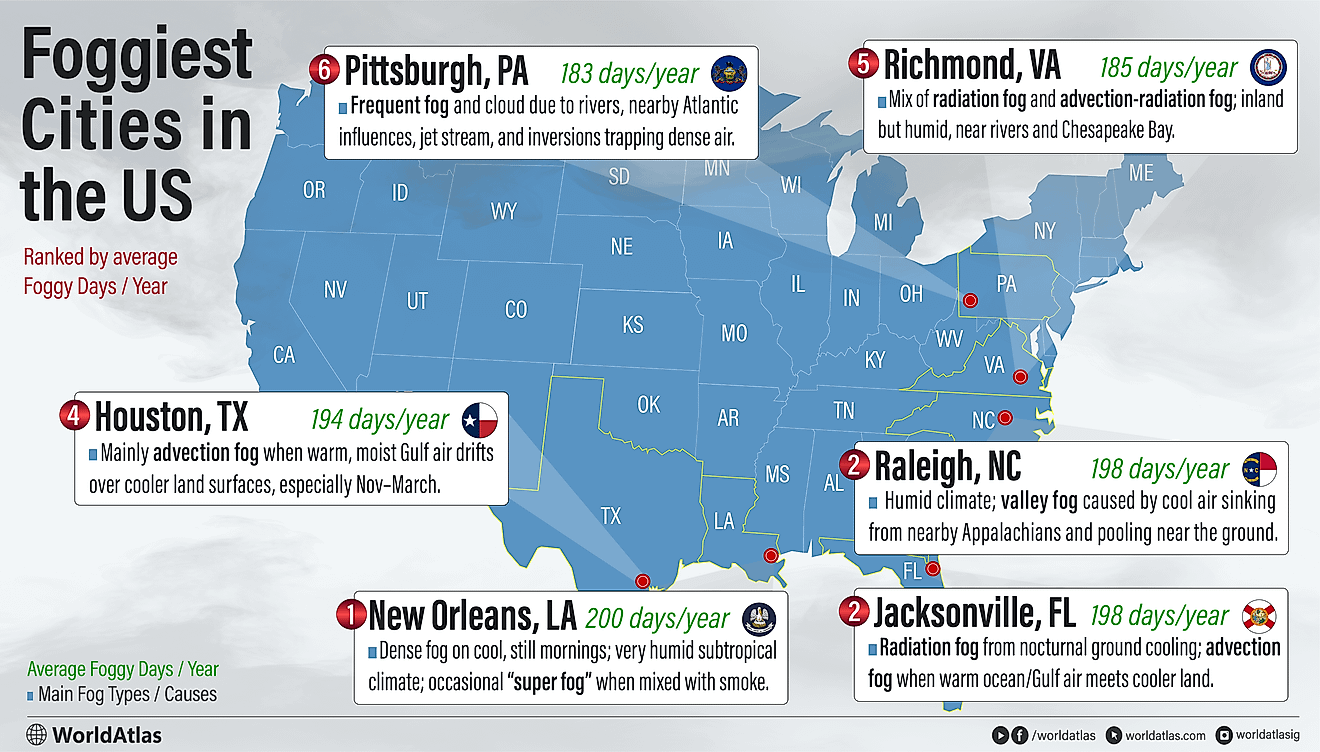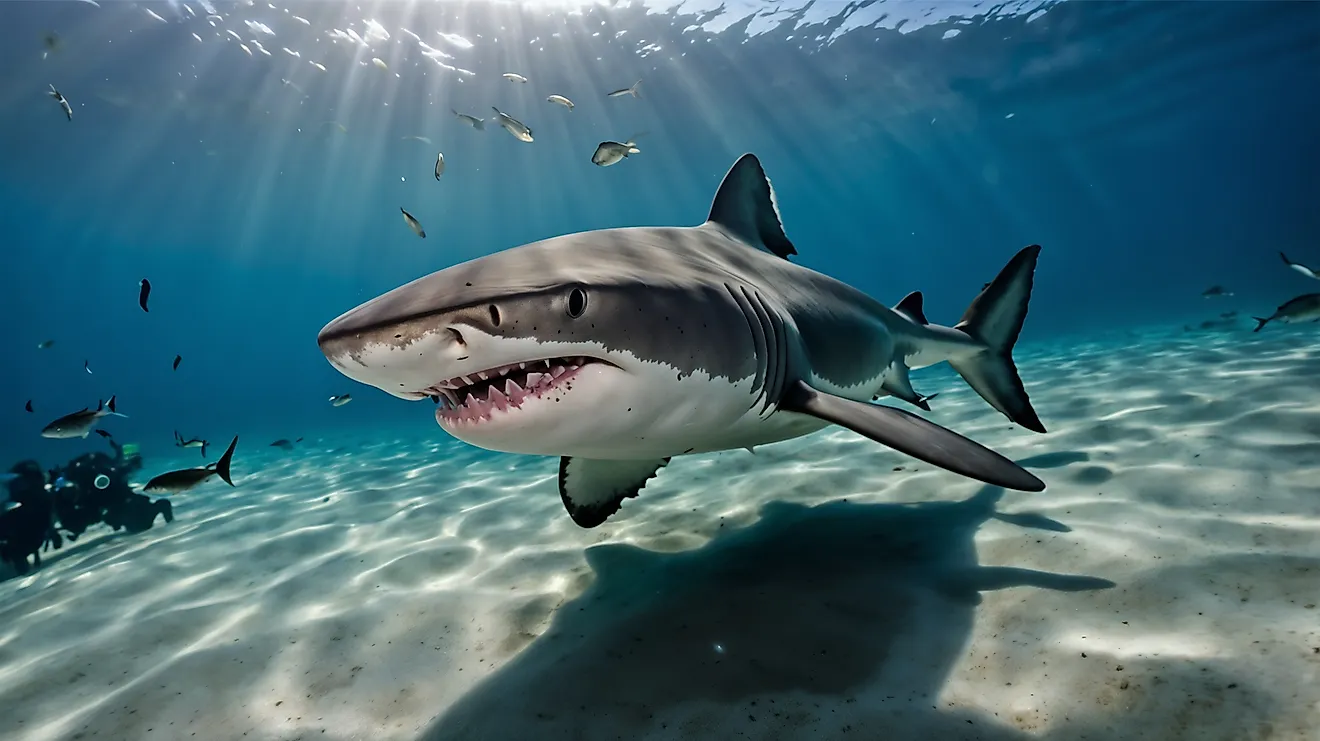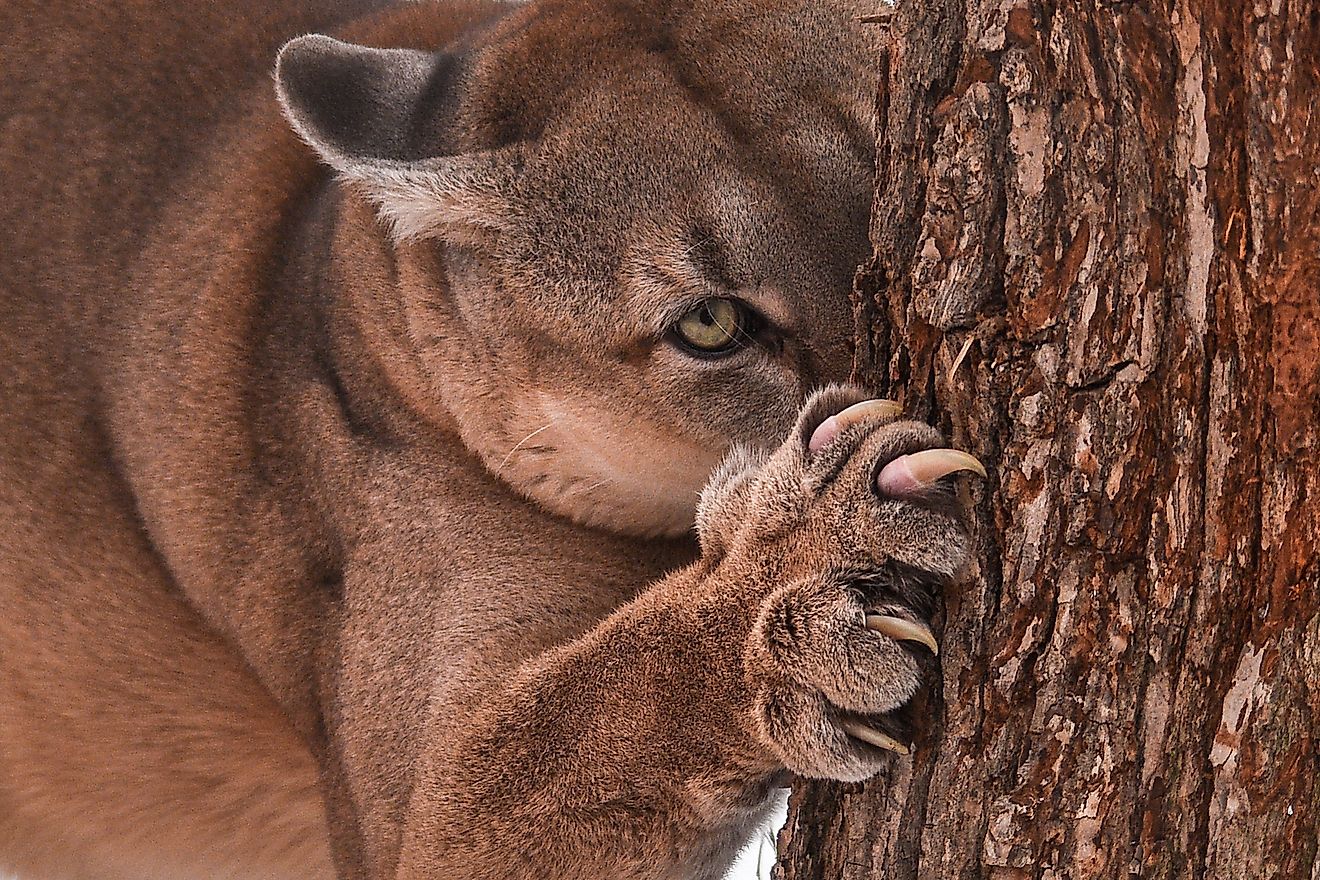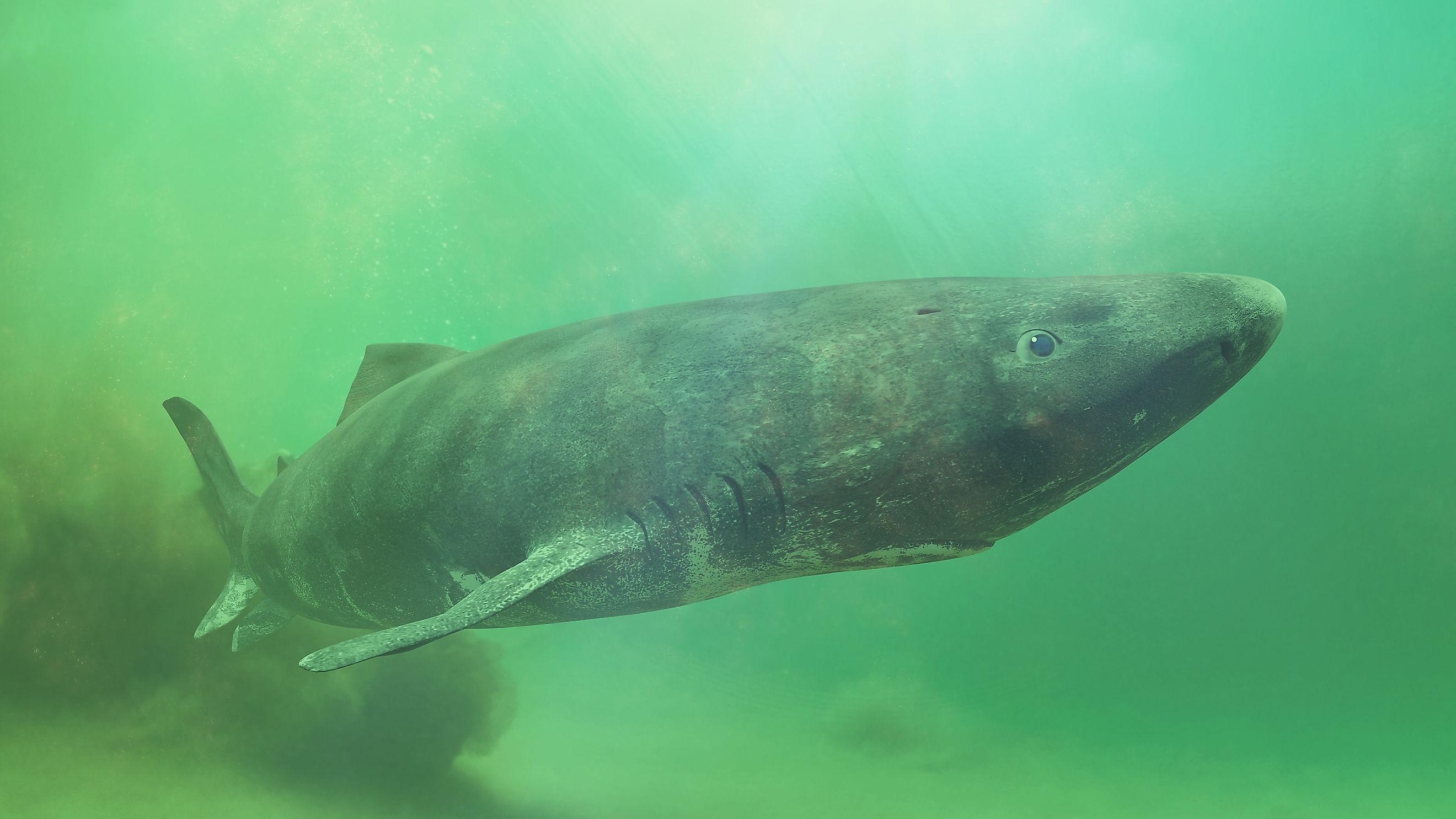
Meet the 400-Year-Old Sharks of the Arctic Deep
The Greenland shark is one of the most mysterious creatures found in the depths of the Atlantic and Arctic oceans. These sharks push the boundaries of what we know about shark species, with estimates for their lifespans being over 400 years. They have an extraordinarily slow growth rate, developing at just one inch per year. Even reaching sexual maturity takes impressive amounts of time, with the typical age for this being around 150 years. Though scientists are still working to uncover some features of the Greenland shark today, this article dives into what we know about these ancient creatures and their astoundingly long lives.
Appearance And Migration Habits
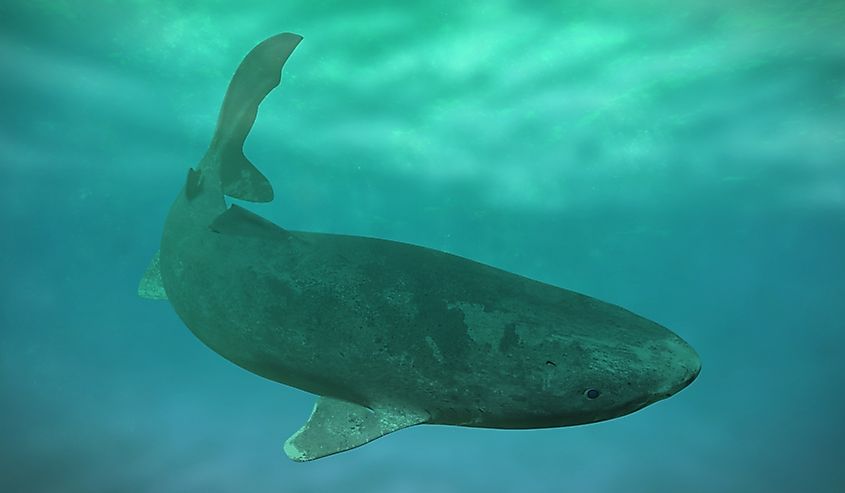
When fully grown, the Greenland shark can reach up to seven meters and weigh 1,000 kg, though the vast majority of these sharks are between two and four meters. They rank as the second-largest carnivorous shark (the Great White shark is the first) and the largest Arctic fish. Female sharks are larger than males, reaching sexual maturity at about the four-meter mark (estimated to take approximately 150 years to grow into). In contrast, males are thought to reach sexual maturity at about 2.7 meters.
Greenland sharks prefer cold water temperatures, ranging from -1 to 10 °C year-round, which is considered a contributing factor to their slow metabolism and slowing down the time frame for reaching sexual maturity. They migrate, but not in the same way that birds and other migratory species do. They migrate based on temperature in the seasons, moving closer to the surface in the frigid months of winter and further into the depths of the Ocean during the summer months. They can be found anywhere from just beneath the waves to the depths of 2200 meters. With global warming causing oceans to have warmer temperatures, scientists have growing concerns about this affecting the ability of the Greenland shark to find the preferred water temperatures in the future.
One of The Longest Living Species
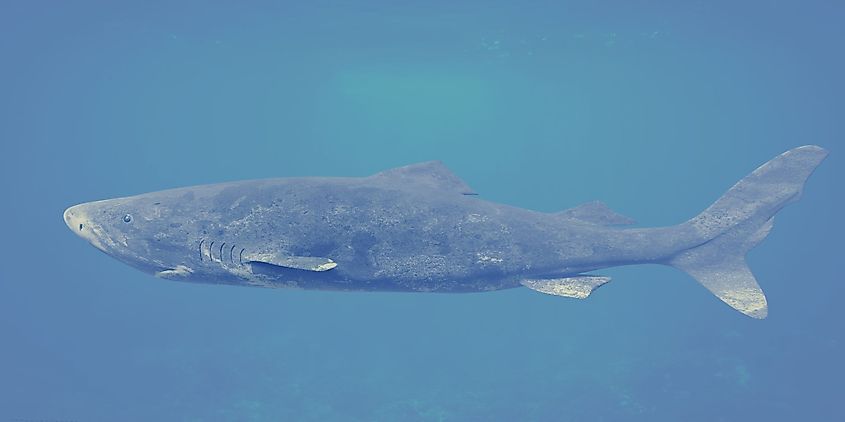
Scientists have estimated that the Greenland shark can live up to 500 years, with an average life span of at least 250 years. This means they are the longest living vertebrates in the world, and hold the title of being the vertebrates that take the longest time to reach sexual maturity. Until more recently, scientists have been stumped by how these sharks were pulling this off, mainly because of the challenges with studying something that lives so far beneath the waves. In July of 2024, a new theory was presented at the Society of Experimental Biology Conference: their metabolism was the culprit behind the long lifespans. The metabolism in any animal is the system that converts food into energy. Usually, this system degrades and changes as the body ages. However, in Greenland sharks, this system does not age or change. This is thought to be caused by the frigid water, which these sharks generally prefer to inhabit.
Reproduction Is Still A Mystery
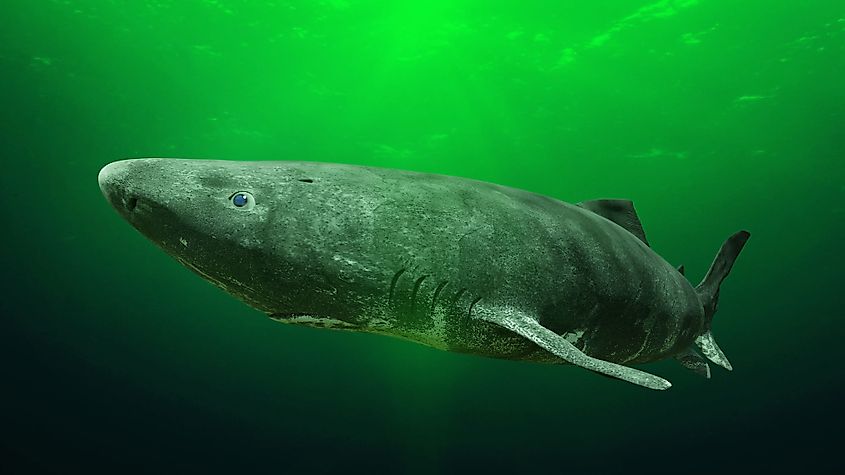
Though the approximate age at which Greenland sharks reach sexual maturity is known, many factors associated with how they reproduce are still a mystery to marine biologists. Scientists have only been able to observe a Greenland shark with her pups once in history. This happened in 1957, and since then, scientists have not been able to study the number of pups in pregnant females. Since then, they have deduced that Greenland sharks are ovoviviparous, producing eggs internally fertilized, hatching within the female's body. More recent studies have discovered that sexually mature females of this species can produce huge quantities of eggs (between 400 and 649). Each of these eggs measures approximately 6 to 8 cm in diameter.
It is a mystery how many of these eggs can be fertilized at one time and how pups are reared after this during their long lives, though scientists have theories based on similar species of sharks. For the closely related Spiny Dogfish shark, which has been studied extensively, the number of pregnancies correlates directly with the number of mature eggs available. Even if half of the eggs are fertilized, this could mean that one pregnancy could produce a number between 200 and 324 pups, an astounding number. Though this is an educated guess, scientists are still trying to figure out questions like how long a pregnancy lasts, where they are born, or even the average number of pups born at a time.
A Vulnerable Species

In 2020, despite the long lives the Greenland sharks are gifted with, they were identified as a vulnerable species by the International Union for Conservation of Nature. However, considering the species' history of being hunted, this should be no surprise. In the early 1900s, it is estimated that approximately 30,000 Greenland sharks were caught per year. With the timeline for young sharks to reach sexual maturity and begin having young being such a long wait, it would make sense that the Greenland sharks' numbers would dwindle drastically with continued poaching.
Surprisingly, though, they were not commonly caught for the purpose of meat. The flesh of a Greenland shark is toxic to warm-blooded animals. Unless boiled repeatedly and properly cleaned/dried, consumption can cause a barrage of issues such as respiratory distress, conjunctivitis, and vomiting. The primary purpose of poaching these animals was for their livers. They were considered highly valued because their livers were used as a source of vitamin A and lamp oil. A fully grown Greenland shark could provide about 114 litres of liver oil, a lucrative catch at the time. During the 1970s in Norway, the Greenland shark was also targeted for hunting as they were thought to be a nuisance for local fisheries. Today, the number of Greenland sharks caught per year is far less, with the most significant portion being caught by accident in fishing nets.
Final Thoughts
Scientists are still working to understand Greenland sharks' intricacies and remarkably long lives. With such slow metabolisms and such a long period between birth and sexual maturity, they are working to find creative ways to study reproduction in these creatures. Despite the challenges of their habitat, researchers are even working to understand the species' genetic traits. As they discover more information about the shark's habits and methods, this may change our perception of sharks from one associated with the horror movie Jaws to one of awe and respect.

